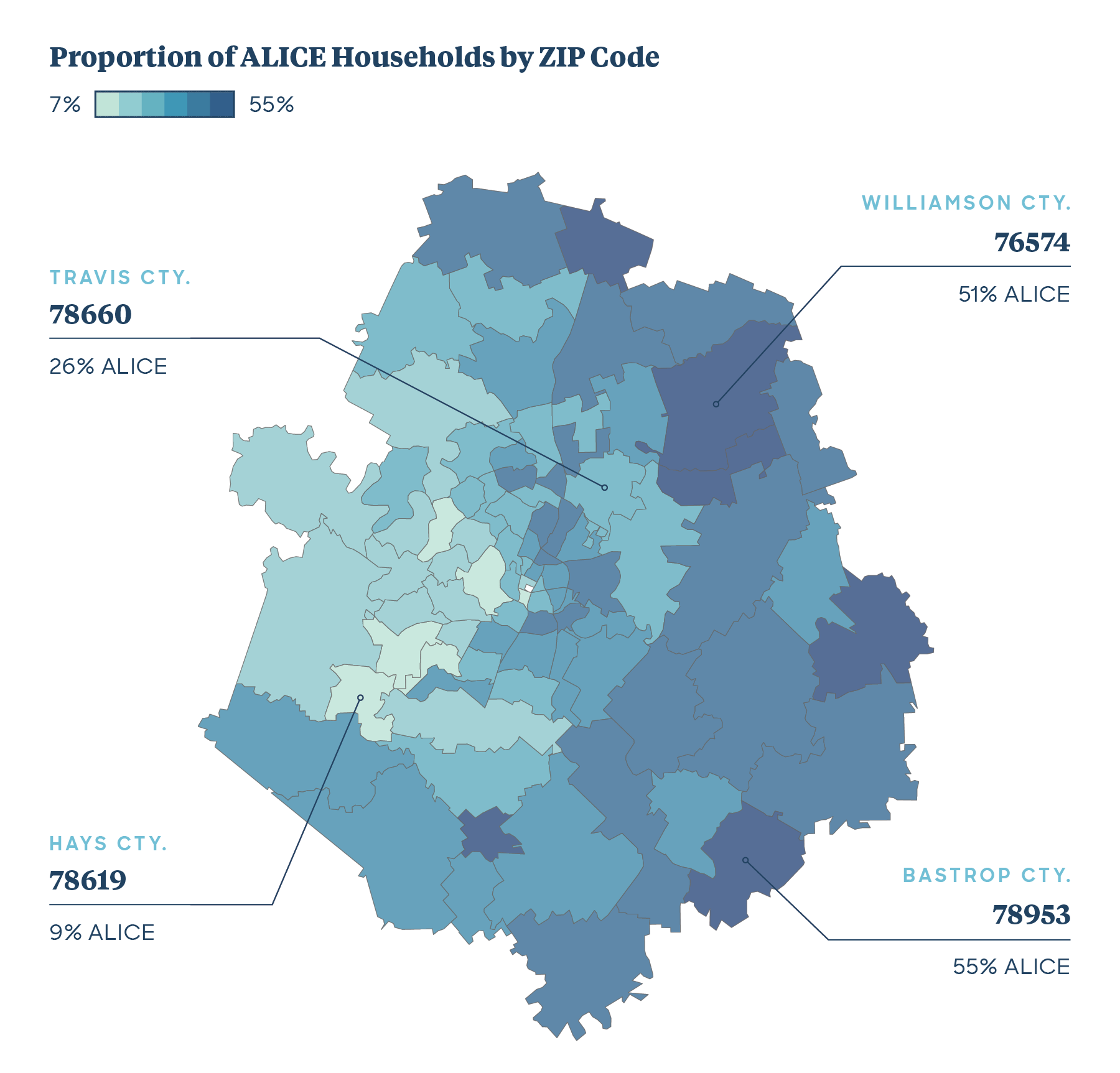Home > How We Work >
Learning from the Communities We Serve
2022 Community Health Needs Assessment
It’s not a secret that Central Texas has experienced remarkable growth over the last decade that has been exponential in the past few years. As Central Texas grows, the community needs evolve. Through the Community Health Needs Assessment (CHNA), an IRS-required report on behalf of St. David’s HealthCare, we can more deeply understand our region’s health needs – particularly those faced by historically-underserved community members – and use these findings to inform our strategy, guide our investments, and work alongside our community to improve the region’s health and well-being.
These assessments were conducted in conjunction with Ascension Seton, Austin Public Health, Baylor Scott & White Health, Georgetown Health Foundation, Texas Health Institute, and Williamson County, and Cities Health Districts for the five Central Texas counties of Bastrop, Caldwell, Hays, Travis, and Williamson Counties.
Two major external factors have impacted the entire region within the last three years. First, the world experienced a pandemic that exacerbated the pain points in our health care system especially as it pertains to health equity. And second, because of the massive growth and expansion of the region, there is a shift in where the population works, lives, and plays, crossing county and city lines.

When looking at Central Texas, we see this shift by visualizing ALICE, which stands for Asset Limited, Income Constrained, Employed. This represents families that earn above the Federal Poverty Level (FPL) but less than what it costs to make ends meet. Population growth has increased the cost of living in the region resulting in a household budget of over $50,000 being required to cover basic costs such as housing, childcare, and transportation for a single parent with one child in Travis County. While the number of households in Texas that fall below FPL has remained constant, the number of ALICE families continues to grow. ALICE represents one out of three households in Central Texas vs. one out of ten who fall under FPL.
Themes
Across the region, high-level themes emerged that permeated across each county-specific report:
1.
Population explosion and rising cost of living creates a crucial need for a regional approach.
2.
Public and private partnerships are critical for creating economic stability and improving non-medical drivers of health, including housing, transportation, and workforce development issues.
3.
The demand for mental health services exceeds the supply of the mental health workforce.
4.
There is an increased need for access and affordability of culturally appropriate health care, including dental, medical, and mental health care.
5.
Systems-level change is required to address the structural racism and discrimination impacting health outcomes.
However, while understanding the aggregate themes is important for creating progress, it is crucial to understand the unique challenges and particular concerns for each county. To get a clearer picture of each county’s health needs, we created an overview with links to each county’s Community Health Needs Assessment executive summary and report.
